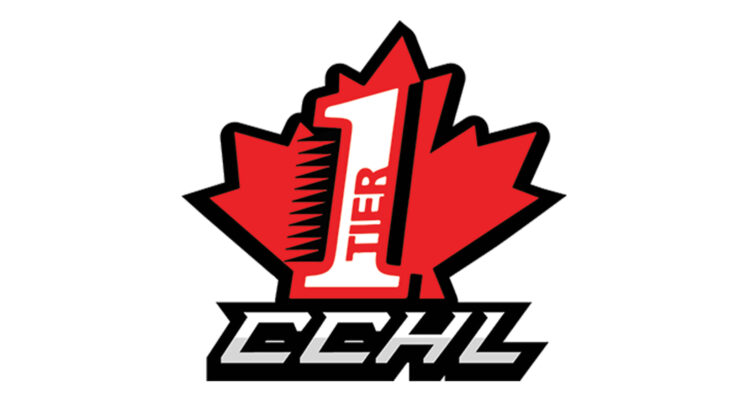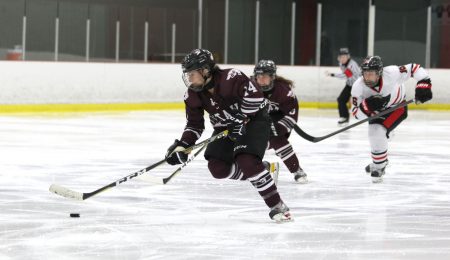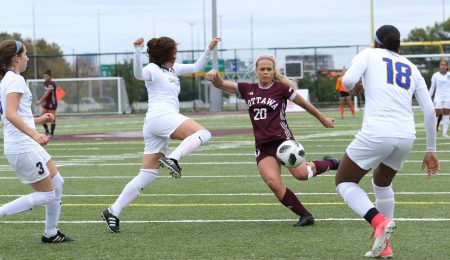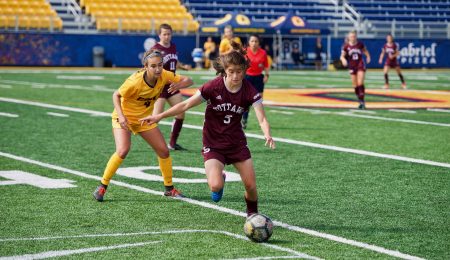CCHL players hit the books at U of O campus
For many Junior A hockey players, once they reach 19 or 20 years old, they have to begin thinking about their future off the ice. For many, without an offer to a National Collegiate Athletic Association (NCAA) program, they turn to Canadian universities.
The Central Canada Hockey League (CCHL), Eastern Ontario’s Junior A league, has created an education program with the help of the University of Ottawa’s Telfer School of Management professor Jonathan Calof.
“When we first created this program, kids would wake up, play video games, work, and play hockey at night,” Calof said. “Now the league and its teams encourage their university-aged players to go to school, and if they don’t, they make sure they work. Now the players have access to 24-hour tutoring, they go to class in the morning and afternoon, and teams monitor their grades.’’
Connor Matton and Elie Boulerice are both 20-year-old players in the CCHL who study at the U of O.
Matton, from Tecumseh, Ont. near Windsor, currently plays for the Rockland Nationals and is a part-time biomedical engineering student. Still hoping to get a scholarship offer to an NCAA hockey program, Matton takes classes at the university in hopes to get a head start on his education in the case he gets an offer to go to a US university.
“I’m part-time right now. I rarely miss practice or school—I’ve always been a good student with good time management skills. I think it’s great we have the opportunity to play hockey and go to school, and I hope I either get an offer to an NCAA or U Sports program,’’ Matton said.
As for Boulerice, he is currently playing in his fourth season for the Ottawa Junior Senators while in his third year of mechanical engineering at the U of O.
Currently partaking in a co-op offered by his program, the Junior Senators assistant captain has always been a full-time student, balancing hockey and school effectively.
“I think I’m pretty lucky with the way my co-op and classes in previous years have mostly been in the mornings and afternoons,’’ Boulerice said. “It has happened that I’ve had to miss practices, but my head coach understands how important school is for me and is very flexible.”
For Calof, both players are good examples of what he has tried to implement with his hockey education program.
“Before, CCHL players who went to university would put hockey first and then school, but now it’s school first and hockey second,” Calof said. “For students and players looking to go to a U Sports or NCAA program, grades are as or even more important than results on the ice.’’
“The goal of the program is to make our players attractive to big NCAA and U Sports hockey programs, so they get scholarships and can take the next step in their hockey and academic careers,’’ he said.





